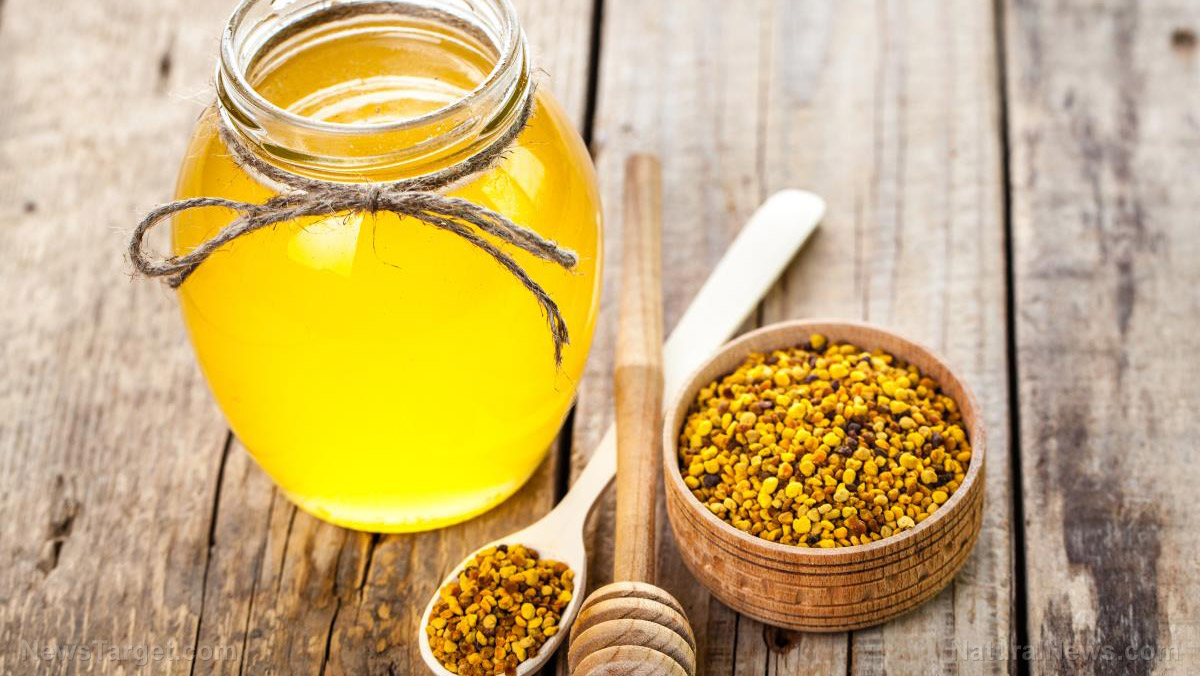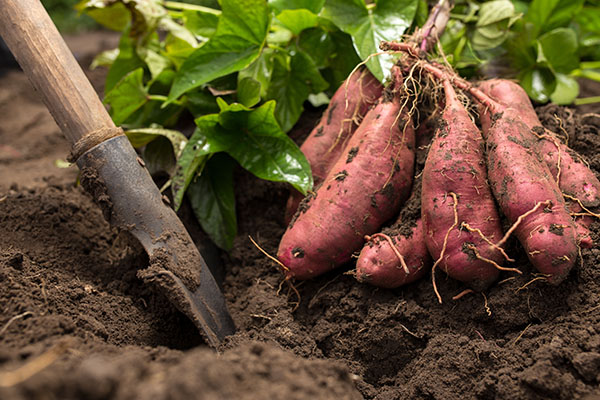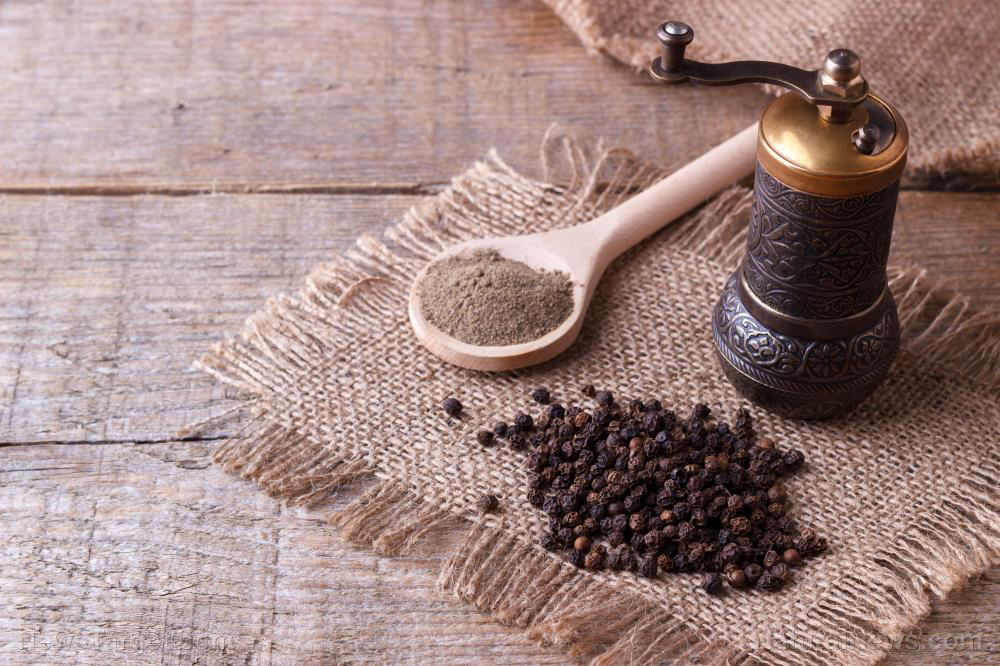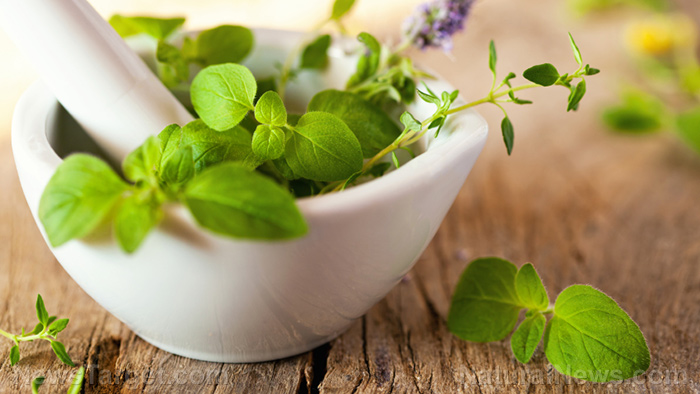
Beginner-friendly spices
Some spices may seem exotic and unfamiliar to a beginner. It may be daunting to experiment with spices given all the available choices and possible food combinations, but every beginner has to start somewhere. If you’re just starting on your journey toward improving your cooking using spices, then check out these beginner-friendly spices.
Cardamom
Cardamom has a sweet, floral, and peppery flavor. Cardamoms often come in whole pods that you should smash open to get the seeds. To get a mild cardamom flavor, add these seeds while cooking, then remove them before eating. For a stronger flavor, grind the cardamom seeds into fine powder then add to the dish.
This spice has anticancer, antibacterial, and anti-nausea properties. It also aids in digestion and has protective cardiovascular effects.
Cardamom goes well with:
- Oatmeal
- Granola
- Banana bread
- Muffins
- Cookies
- Popsicles
- Smoothies
- Hot chocolate
- Poached pears
- Peaches
- Apple pie
- Mango crumble
- Sweet potatoes
- Brussels sprouts
- Butternut squash
- Rice
- Quinoa
- Tea
- Coffee
Turmeric
Turmeric has an earthy, peppery, and slightly bitter flavor. If you want a vibrant, bright, and peppery taste, use grated or thinly sliced turmeric root. If you’re going for a milder and earthier flavor, then it is better to use dried turmeric powder.
Turmeric should be combined with black pepper to get the most of its health benefits. This root is known for its anti-inflammatory, antidepressant, and anticancer properties. Many people also believe that turmeric can prevent Alzheimer’s and Parkinson’s disease.
Turmeric is best used in fresh in the following:
- Pickles
- Soups
- Stews
- Teas
- Smoothies
While turmeric powder is best used with:
- Warm nut milk
- Lentils
- Beans
- Curries
- Stews
- Green beans
- Carrots
- Peas
- Potatoes
- Cauliflower
- Rice
- Quinoa
- Millet
- Popcorn
Cinnamon
Cinnamon has a warm, woody, sweet, and peppery flavor. You can use a whole bark of cinnamon to add a subtle aroma and flavor to any meal or you can get it in powdered form for a stronger flavor.
This spice is known to contain compounds with anti-diabetic, antimicrobial, and anti-inflammatory properties. Moreover, cinnamon supports heart and cognitive health.
Cinnamon is a versatile ingredient and can be added to:
- Oatmeal
- Granola
- Yogurt
- Stews
- Curries
- Sweet potatoes
- Winter squash
- Rice
- Cakes
- Muffins
- Cookies
- Ice cream
- Baked apples
- Brownies
- Smoothies
- Hot chocolate
Paprika
The flavor of paprika depends on the variety of pepper it was sourced from. The most common type of paprika is almost tasteless and only provides vibrancy to dishes. Sweet paprika has a mild sweet flavor that is reminiscent of bell peppers. Lastly, hot paprika is the spicy variant, but not as spicy as cayenne.
Paprika can be added directly to dishes for a milder flavor or dispersed in warm oil for a stronger flavor and color.
Many people believe that paprika has anti-obesity, anticancer, antioxidant, and anti-inflammatory properties.
Paprika can enhance color and flavor of foods like:
- Lentil soup
- Minestrone
- Pomodoro
- Salad dressings
- Dips
- Hummus
- Potatoes
- Sweet potatoes
- Carrots
- Eggplant
- Zucchini
Cumin
Cumin has a warm, earthy, and peppery but slightly bitter flavor. Whole seeds can be sauteed in oil to unleash a complex flavor that works well as a base for dishes. Cumin is also available in powdered form and is best used toward the end of cooking.
Cumin is known to enhance metabolic and immune function. It also contains properties that have antifungal and antibacterial effects.
Cumin goes well with:
- Black bean soup
- Curries
- Stews
- Lentils
- Eggplant
- Cabbage
- Carrots
- Peas
- Potatoes
- Tomatoes
- Spinach
- Quinoa
- Millet
- Rice
- Farro
Enrich your everyday diet with these flavorful, nutritious spices. Visit SuperfoodsNews.com to find out more beginner-friendly spices.
Sources include:
Please contact us for more information.























